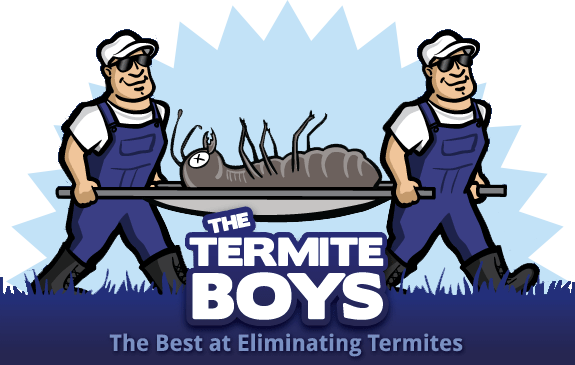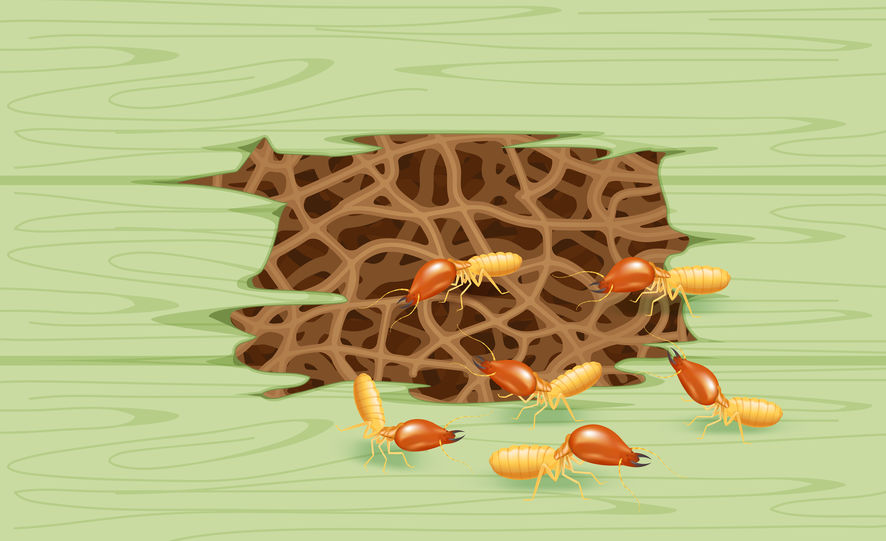Termites, often discreet until significant damage has occurred, are formidable foes for any homeowner. These silent invaders thrive unseen, undermining the integrity of your home one beam at a time. Recognizing the early signs of a termite invasion can save you time, money, and the structural health of your home. This post dives deep into understanding these signs, ensuring your home remains safe and secure from these unwelcome guests.
1. Discarded Wings Near Entry Points
One of the earliest indicators of termite presence is the appearance of discarded wings near doors, windows, and other potential entry points. Termites shed their wings after finding a new place to colonize, often in the spring. If you find small wings scattered around your home, it might be time to inspect further or call in a professional.
2. Mud Tubes on Exterior Walls
Subterranean termites, the most destructive species, build mud tubes to provide moisture while they travel between their colony and food source. These pencil-sized tubes can often be found near the foundation of your home. Cracking one open might reveal the worker termites, providing clear evidence of an infestation.
3. Hollow or Blistering Wood
Termites chew through wood from the inside out, leaving a thin veneer of timber or paint. When you tap on an area that has termite damage, it may sound hollow due to parts of the wood being eaten away. In severe cases, the wood may blister or peel, resembling water damage.
4. Frass – Termite Droppings
Drywood termites, which do not use soil to build their colonies, leave behind droppings as they consume wood. These droppings, or frass, resemble fine grains of sand or sawdust and are often found beneath infested areas. Finding frass inside your home is a clear sign of a drywood termite infestation.
5. Tight-Fitting Doors and Hard-to-Open Windows
Termites produce moisture when eating and tunneling through door and window frames, causing wood to warp. Consequently, doors and windows may become tight-fitting and difficult to open or close. While this could be attributed to humidity, termites are a likely culprit if other signs are also present.
What to Do If You Suspect Termites?
If you notice any of the signs mentioned above, it’s crucial to act promptly. Here are steps you should take:
1. Professional Inspection: Contact a licensed pest control professional to conduct a thorough inspection of your property. They can confirm the presence of termites and assess the extent of the infestation.
2. Treatment: If termites are found, discuss treatment options with your pest control provider. There are various methods available, including baiting systems, chemical treatments, and fumigation, each with its advantages and considerations.
3. Preventive Measures: After treating the current infestation, consider implementing preventive measures to protect your home against future termite attacks. These can include reducing moisture around the foundation, maintaining an 18-inch gap between soil and any wood portions of your home, and routinely inspecting your property for signs of termite activity.
4. Regular Follow-up: Termites can reinfest even after successful treatment. Annual inspections by a professional can help catch new infestations early and keep your home protected.
Termites are a nightmare for any homeowner, but early detection can significantly mitigate the damage they cause. By being vigilant and recognizing the signs of a termite infestation, you can protect your home and avoid the costly repairs associated with these destructive pests. Should you find evidence of termites, remember that prompt action and professional intervention are your best defenses.
Educate yourself, stay vigilant, and maintain your home diligently to ensure it remains a termite-free sanctuary.

